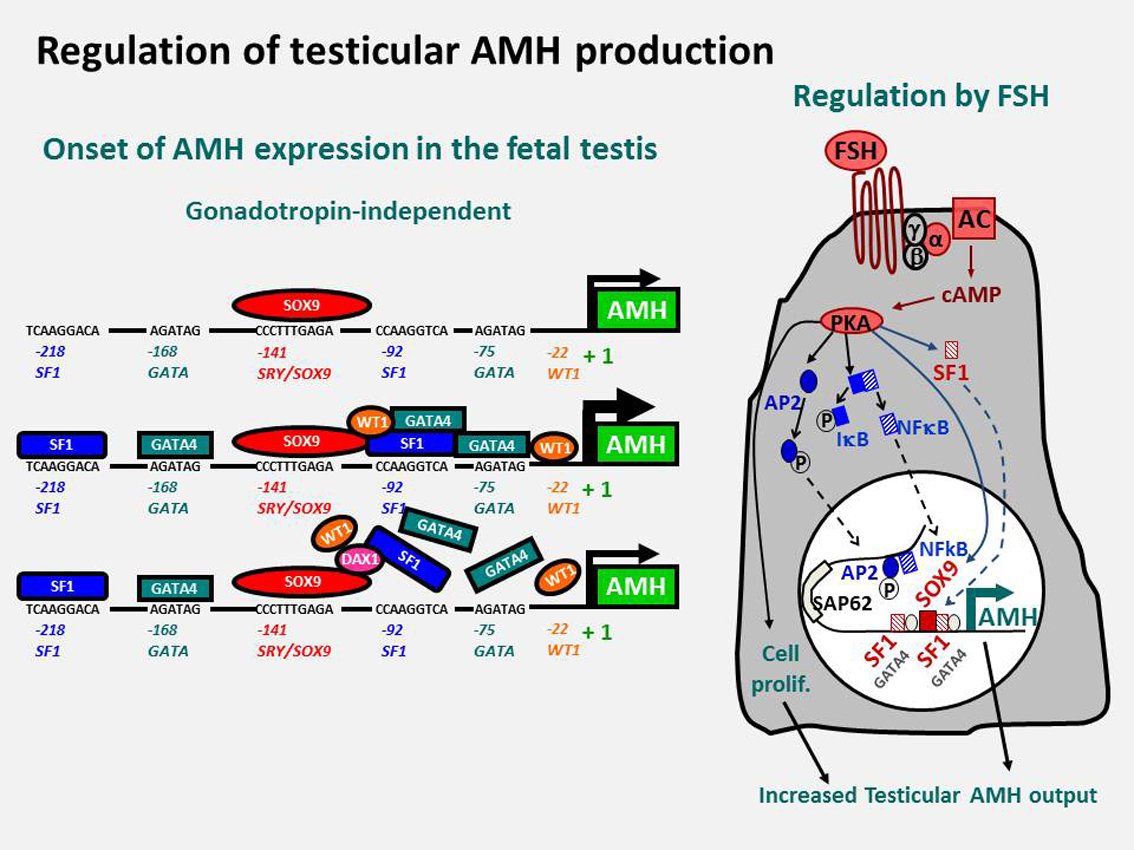
FIGURE 21. Regulation of testicular AMH production.
Left: the onset of AMH expression is gonadotropin-independent and depends on SOX9 binding to the proximal AMH promoter. Subsequently, SF1, GATA4 and WT1 enhance AMH expression by binding to specific promoter sequences or by interacting with transactivating factors. DAX1 impairs GATA4 and SF1 binding to the AMH promoters, resulting in lower AMH expression levels. Right: Later in fetal and postnatal life, FSH regulates AMH production through the FSH receptor-Gsα protein-adenylate cyclase (AC)-cyclic AMP (cAMP) pathway, resulting in a stimulation of protein kinase A (PKA) activity. PKA mediates phosphorylation of the transcriptional regulators SOX9, SF1 and AP2, as well as of IκB which releases NFκB. In the nucleus these factors bind to their specific response elements in proximal (SOX9, SF1) or distal (AP2 and NFκB) regions of the AMH promoter.
Right figure reprinted from ref. 105: Lasala C, Schteingart HF, Arouche N, Bedecarrás P, Grinspon R, Picard JY, Josso N, di Clemente N, Rey RA. SOX9 and SF1 are involved in cyclic AMP-mediated upregulation of anti-Müllerian gene expression in the testicular prepubertal Sertoli cells SMAT1. American Journal of Physiology – Endocrinology and Metabolism 2011; 301:E539-E547, Copyright 2011 the American Physiological Society. http://ajpendo.physiology.org/content/301/3/E539.abstract?sid=3829d833-dfdf-4310-bd6f-e7481c62be06
